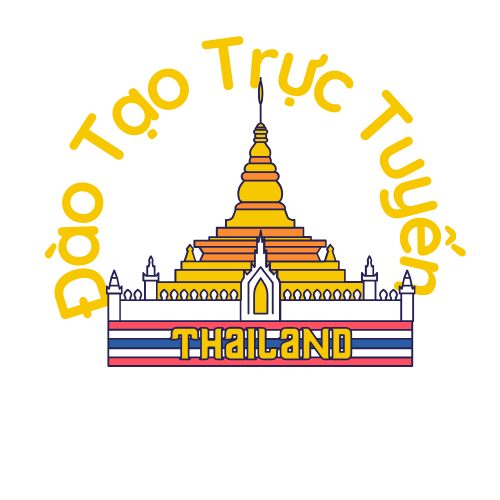The biker lifestyle in the US symbolizes a complex tapestry of rebellion and community, rooted in the aftermath of global conflicts. Transitioning from military service to civilian roadways, steel horses transformed into mechanical expressions of autonomy, carrying both countercultural ideals alongside corporate commodification[5][10][17].
## Roots of Rebellion https://usabikers.net/
### From Soldiers to Bikers
Contemporary motorcycle culture took shape amid the disorientation of returning WWII veterans. Servicemen accustomed to the brotherhood of combat pursued new fraternal organizations, giving rise to early rider groups such as veteran-led motorcycle brotherhoods[5][13][17]. Post-war mechanical steeds, which demonstrated reliability, shifted from battlefield tools to lifestyle accessories, fostering enduring corporate allegiance[5][11].
The pivotal 1947 Hollister incident propelled rider culture into public discourse, as 4,000 riders descended upon the small California town, resulting in property damage and arrests. This controversy etched the rebellious rider archetype in popular imagination, despite most participants being AMA-sanctioned competitors[10][13][17].
## Major Motorcycle Organizations
### Rebels and Regulators
The American Motorcyclist Association (AMA) initially served as the governing body for organized motorcycle sports. However, the association’s discriminatory membership rules—barring racial minorities until the 1950s—fueled the creation of alternative groups which opposed traditional hierarchies[11][13].
Four dominant outlaw clubs emerged as key players in this counterculture:
1. Founded 1948 in California[2][3][10]
2. Outlaws MC[3][10][13]
3. East Coast secretive brotherhood[8][10]
4. Texas-born international network[3][10]
Such organizations function via rigid chains of command including presidents, sergeants-at-arms, and road captains, while clubhouses often serving as symbolic territorial markers[10][13]. Despite media portrayals of lawlessness, numerous local groups participate actively in charitable initiatives such as toy runs and disaster relief[8][10][15].
## Shaping American Identity
### From Silver Screen to Fashion Runways
The biker archetype infuses American popular culture, ranging from Marlon Brando’s iconic 1953 performance to contemporary streaming series. This cultural permeation manifests in:
– Fashion trends: Distinctive biker attire commercialized by retailers such as [4][12][4][12]
– Musical influences: Cross-genre musical connections adopting motorcycle-inspired visuals
– Written narratives: Hunter S. Thompson’s *Hell’s Angels*[1][6]
Contemporary cultural studies highlight the paradoxical duality of modern biker culture: simultaneously rejecting mainstream values while being heavily commercialized through brand partnerships like Harley-Davidson’s apparel lines[1][7][12].
## Contemporary Landscape and Challenges
### Riding Through 2025
The motorcycle event calendar continues as fundamental to US motorcycling tradition, with this year’s premier events including:
– The 84th annual coastal gathering[7][15]
– Historic Black Hills convergence[7][15]
– Southwestern desert meetup[7]
Developing phenomena reshape the community:
– Increasing female participation via organizations such as [2][8]
– Technological integration with online coordination platforms[7][15]
– Eco-friendly initiatives advocating electric motorcycle adoption[15][17]
Regulatory controversies persist, especially concerning:
– Gang-related criminal activity and law enforcement strategies[10][13][17]
– Ethical corporate partnerships amid controversial revenue sources[8][17]
– Commercial exploitation issues about biker imagery in mainstream fashion[4][12]
## Conclusion
American biker culture occupies a historical crossroads, balancing its rebellious origins against 21st-century commercialization. As new generations adopt electric motorcycles and digital communities, the fundamental spirit regarding liberty and camaraderie endures—manifesting in inclusive memberships and progressive values. Future developments will likely see greater legal oversight and ongoing societal impact, guaranteeing the perpetual role of two-wheeled culture within US national identity[5][10][17].
